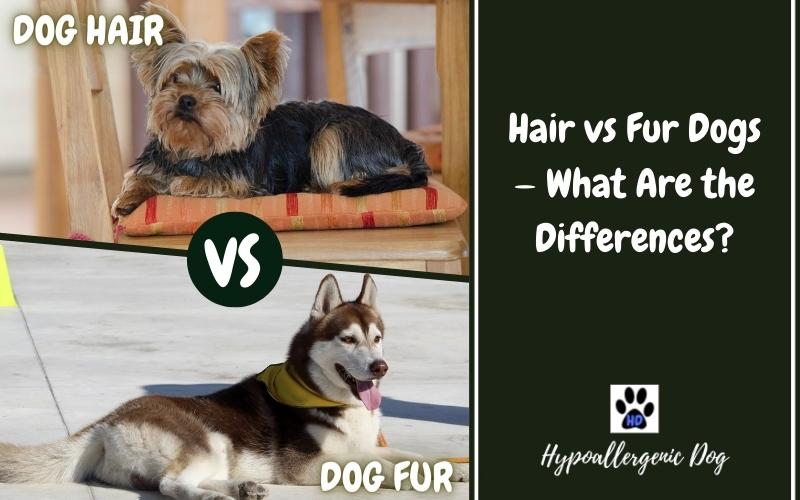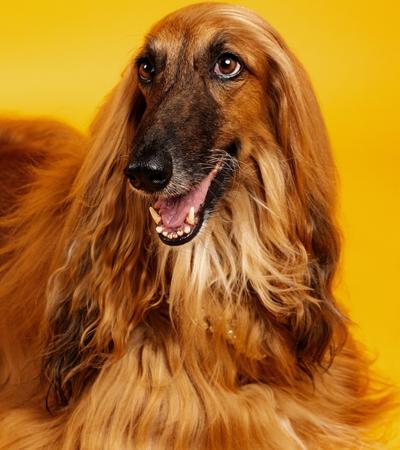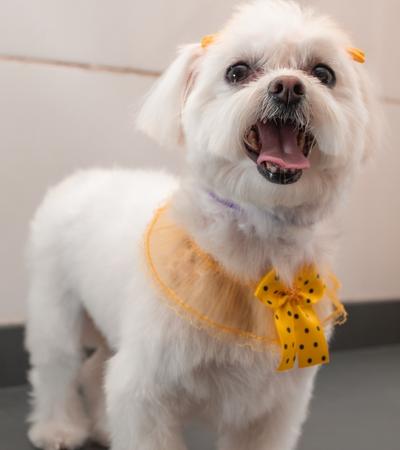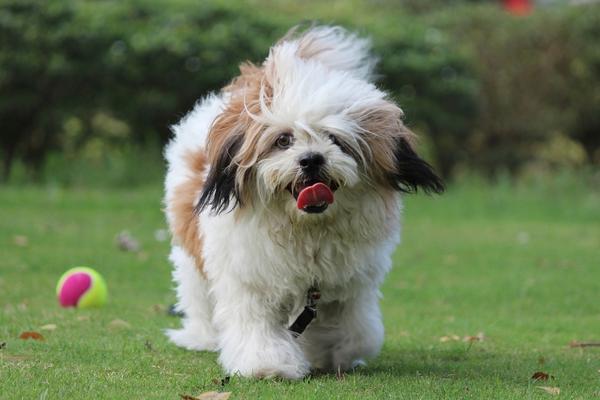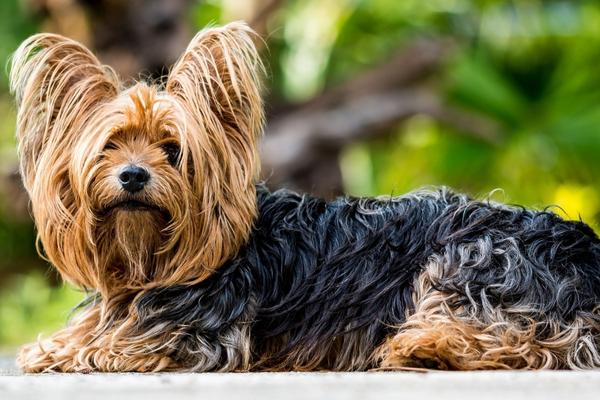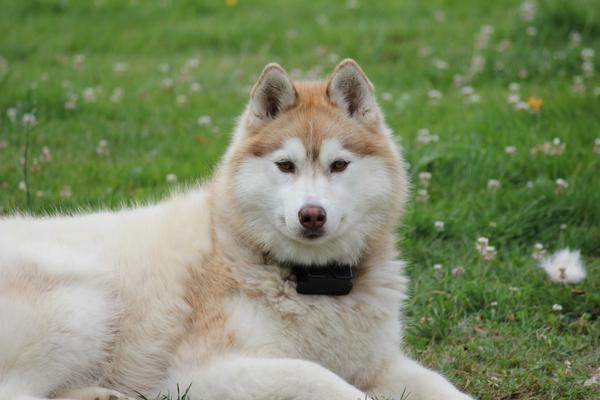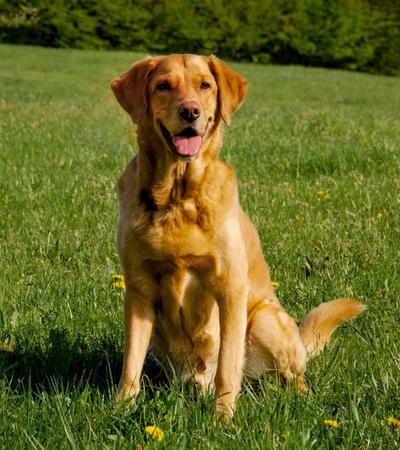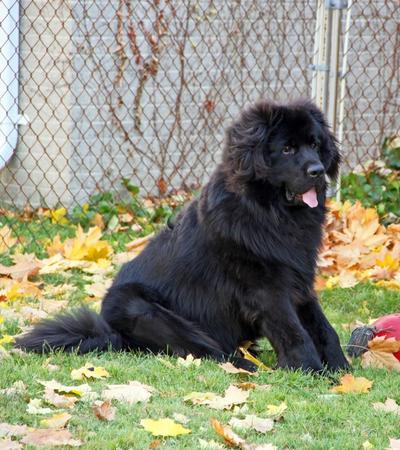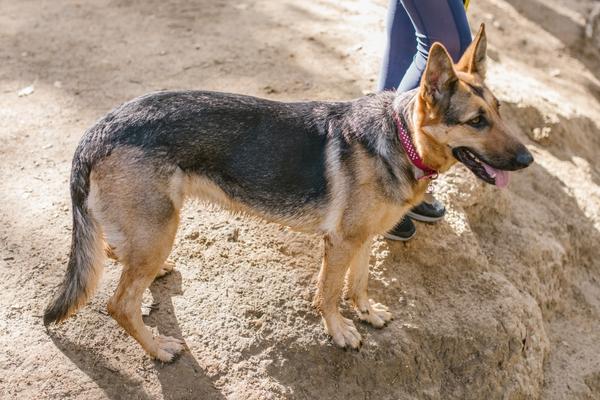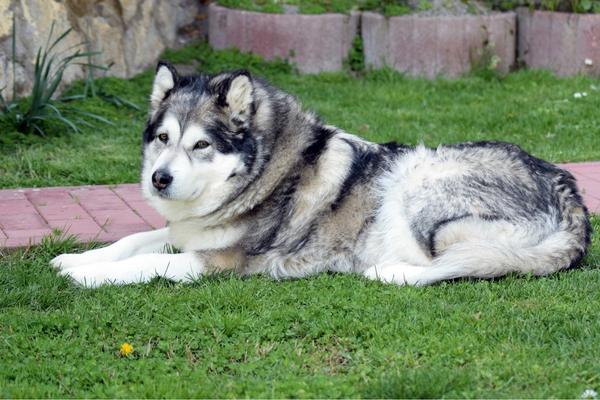Hair vs Fur Dogs
All dogs are adorable, whether they have soft fluffy coats or long straight hair. However, there is a difference between hair vs fur dogs. Hence, if you have dog allergies, it’s important to know the difference between the two.
Hair vs Fur Dogs Coat Types
There are different types of dog hair and fur, and not all of our furry friends are the same. For example, looking at the variety of breeds, it’s clear to see the Poodle has a different coat to the Jack Russell and the Siberian Husky has a different coat to a Maltese.
Dogs can have single or double coats. Breeds with a double coat often have a soft undercoat and a top layer of guard hair. Depending on the breed, the top layer may be long, straight, wiry, fluffy, or curly.
Dog Hair vs Dog Fur
Dog hair and dog fur are identical when you look at their chemical makeup. Fur and hair are both made from a protein called Keratin. This is the same protein found in human hair and nails and the reason why dog hair and fur are often considered the same.
However, there are some key differences between dog hair vs dog fur. If you have dog allergies, you may be interested to learn why dogs with hair instead of fur are better for allergy sufferers.
Dog hair and fur differ in the following areas:
Texture
Dog fur typically has a softer and more fluffy texture than hair. Dogs with fur often have a double coat, this usually consists of a thick and smooth undercoat and a top layer of coarse, wiry protective guard hair.
On the other hand, dog hair is comparable to human hair — with a silky and smooth texture. If your dog has hair, they will normally have a single-layer coat, in that, there will be no undercoat. Dogs with fur have more hair follicles, and this is why fur is often thick and tightly packed together.
Of course, there are exceptions to both these rules, but typically — a single coat equals hair and a double coat equals fur.
Shedding
To understand the difference between dog hair vs fur shedding, you should know that it differs drastically between breeds, even those that share a similar kind of coat.
However, in general, dogs with hair shed less than dogs with fur. For example, Labrador Retrievers heavily shed their double coat of fur, particularly at the change of seasons. Yet, Yorkshire Terriers have a single layer of hair and hardly shed at all.
Growth Cycle
Whether you have a fluffy Malamute with a thick double coat or a hypoallergenic Schnauzer with wiry hair — their coat will go through the same four-stage growth cycle.
A dog’s hair growth cycle goes like this:
1. Anagen phase — is when the fur/hair follicles first grow in your dog’s coat.
2. Catagen phase — the fur/hair finishes growing and is attached to the root.
3. Telogen phase — a stagnant phase of the hair growth cycle. The fur/hair isn’t changing in any way and isn’t growing any longer either.
4. Exogen phase — the hair, which then falls away from the dog’s coat.
So, when comparing fur vs hair, dogs with hair have a more gradual anagen phase. In that, their hair grows for a longer period of time than fur. The extended growing phase means it takes more time for your pooch to reach the final exogen phase.
In short.
When there is a larger gap between the first and last stage of the growth cycle, it takes more time for your furry friend to shed. Often, dogs with hair are more mild shedders than those with fur for this reason.
Grooming
Dog hair and fur may have the same composition, but these coats demand different grooming requirements.
Hair
Due to its longer anagen phase, dog hair can grow very long. Hence, you’ll need to regularly visit the groomer to have your dog’s coat trimmed and kept under control.
Dog hair is also more prone to becoming matted, tangled, and knotted — so frequent brushing/combing is essential. Plus, regular baths are often needed to keep a hair coat in good condition.
Fur
Fur dogs also need regular grooming, but the length of their hair isn’t the main concern. Dogs with fur often have a double coat and are likely to be frequent shedders.
To keep natural shedding under control, pet parents can use de-shedding brushes, combs, and other tools to remove some of the undercoat fur. De-shedding speeds up the natural process and makes coat care more manageable — keeping as much dander out of your home as possible.
Are Dogs With Fur Hypoallergenic?
There is no such thing as a completely hypoallergenic dog breed. It’s a protein found in dander (dead skin cells), urine, and saliva that triggers an allergic reaction in the human body, not the dog’s fur or hair. As all dogs have dander, saliva, and urinate, it’s factually inaccurate to say allergy-free dogs exist.
However, dogs with hair shed less often than those with fur, which is why they’re typically a better breed choice for allergy sufferers. Dander loss and fur or hair loss are linked — when a dog sheds their coat, dander is released with the falling fur. If your dog is losing large amounts of fur, they’ll also be shedding high levels of dander.
Dogs with hair are more likely to be hypoallergenic — they don’t have an undercoat that sheds all year round or extra heavily during the change of seasons.
Dog Breeds With Hair vs Fur
The American Kennel Club (AKC) recognizes in the region of 200 different dog breeds, and each breed is unique in their own special way. However, while there are a few hairless breeds, like the American Hairless Terrier and the Xoloitzcuintli, the majority of dogs either have a coat made up of fur or hair.
Dog Breeds With Hair
If you have allergies, you’ll want to find a low-shedding dog breed. Here is a list of five popular hypoallergenic dogs with a hair coat:
1. Afghan Hound
This breed has an impressively long and silky coat, yet Afghan Hounds’ hair needs to be groomed regularly to keep it in top condition. You should also bathe your Afghan regularly and frequently pamper them with a shampoo and conditioning treatment.
2. Bichon Frise
The Bichon is a popular, small hypoallergenic dog. This breed has an undercoat, but they’re known to be mild shedders. Their top coat will grow long and curly, hence owners have the coat shaped in different styles by a professional groomer. Yet, you will need to brush your Bichon Frise several times a week to stop their coat from becoming full of knots and tangles.
3. Lhasa Apso
The Lhasa Apso is another small hypoallergenic dog with a long and silky coat. Your Lhasa will need to be bathed at least once every six weeks, and weekly brushing is a must to keep their coat in good condition. Note, you must rinse your pup’s coat thoroughly after washing — shampoo residue can build up and lead to painful matting.
This breed differs from the others mentioned so far — they have a medium-length coat, made up of curly and corded hair. Spanish Water Dogs are low maintenance when it comes to grooming and a hypoallergenic breed. You should leave your dog’s coat alone — brushing is a big no-no. And, when cutting their hair, keep your SWD’s coat all the same length.
Yorkies are often found with a floor-length, silky coat. This single layer of long hair needs to be brushed regularly to remain tangle free and in its most glossy and shiny condition. Yorkshire Terriers’ hair is similar to human hair and often owners will trim it short to prevent it from becoming matted.
These are a mere snippet of hypoallergenic breeds. For further information, check out our pages on small, medium, and large hypoallergenic dogs.
Dog Breeds With Fur
Wondering which dogs to avoid? Here are a quintet of doggies with fur coats — while they make wonderful canine companions, they’re also heavy shedders.
Siberian Huskies are those fluffy wolf-like dogs with piercing blue eyes and buckets of energy. This breed has a dense double coat and is known to be one of the heaviest-shedding canines.
You can expect some serious shedding to take place biannually when the seasons change — think giant clumps of fur all over your house. However, regular brushing with a de-shedding comb can help to keep the natural fallout under control.
The friendly and lovable Labrador makes a wonderful pet, but they will cover your home in fur. Labs have a short double coat and they shed their soft undercoat twice a year. If you have allergies, it’s unlikely you’ll be able to live in harmony with a Labrador. Shedding can be reduced inside by brushing your dog daily outside several times a week.
3. Newfoundland
Newfoundlands have a heavy, medium-length double coat and are moderate shedders. However, during spring and fall, you’ll notice an increase. During this time, they need to be brushed more frequently. You should brush your Newf with a slicker brush at least once a week, this will help to prevent knots from forming in their fur.
The German Shepherd is another large-size dog with a medium-length double coat. This breed has a soft undercoat and a harsh, dense outer coat of fur. Germans shed all year round and blow their coats twice a year.
Apart from seasonal shedding, your German Shepherd will only need a quick brush a couple of times a week to remove dead skin and loose hair from their coat.
5. Malamute
Similar to the Siberian Husky, the friendly and energetic Malamute is a prolific shedder. These dogs have a thick double coat of fur that looks super cuddly but is super essential — to keep your Mal warm.
As working sled dogs, their dense double coat is built to protect them in harsh temperatures. It may be tempting to shave your Malamute’s undercoat, but doing so will make shedding worse. This breed requires regular brushing and de-shedding to keep their fluffy fur coats under control.
For more information about hypoallergenic and non-hypoallergenic dogs, check out our Dog Breeds page.
Conclusion
Dog hair has a longer growing cycle, is more similar in texture to human hair, and is often found on dog breeds that don’t shed very much. In contrast, fur is thicker, denser, and doesn’t feel as soft to the touch. Dogs with double coats often have fur, and these breeds are known to shed more frequently.
Dog hair and dog fur are both made from keratin and may appear very similar to the untrained eye. However, when discussing hair vs fur dogs, as we’ve seen, there are in fact several differences between the two.
Hair vs Fur Dogs FAQs
Do Dogs Have Fur?
Some dog breeds have fur, and others have hair. Breeds with fur often have a double coat and fur is denser than hair. Dog fur is usually shorter than hair and these dogs tend to shed more.
What Type of Dog Hair Is Hypoallergenic?
It’s not a dog’s hair or fur that causes allergy symptoms. Dog allergies are caused by protein compounds found in their dead skin cells, urine, and saliva. However, dogs with curly coats, like Poodles, are suitable for people with allergies as the allergens often get caught up in their coat. Dogs with hair that has a longer growing cycle are also better for allergy sufferers as they don’t shed as much.
Why Is Dog Hair Hypoallergenic?
Not all dogs with hair are hypoallergenic. However, dogs with a long hair-growing cycle don’t shed often and are less likely to trigger allergy symptoms. Dogs with a fur undercoat generally shed more and will not be the best pet for people with allergies.
What Makes a Dog Hypoallergenic?
No dog can ever be 100% hypoallergenic. However, dogs who don’t shed much fur are often considered hypoallergenic. Allergens are also found in dog saliva and urine, so dogs who don’t drool much are also a good choice for people with allergies.
Is Dog Hair or Fur Hypoallergenic?
Neither are 100% hypoallergenic, but dogs that have hair rather than fur tend to be more allergy-friendly. This is because they have coats that shed less, meaning they also shed less dander.
Is There a Difference Between Dog Fur and Dog Hair?
The chemical composition of hair and fur is the same and indistinguishable. But there are differences between them:
- Growth pattern — dog hair never stops growing while dog fur stops at a certain length.
- Insulating properties — dog fur is designed to protect against heat, cold, and rain while dog hair is not.
- Diameter — a strand of dog fur is much thicker than dog hair.

